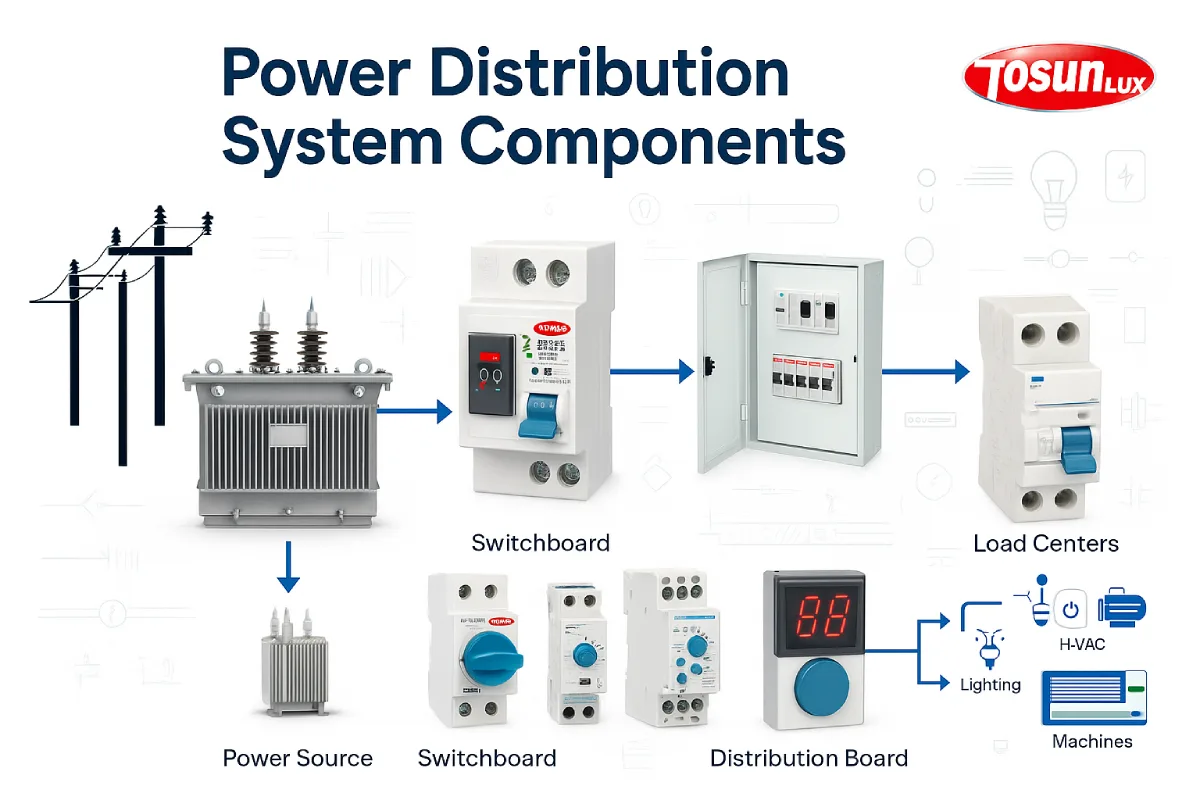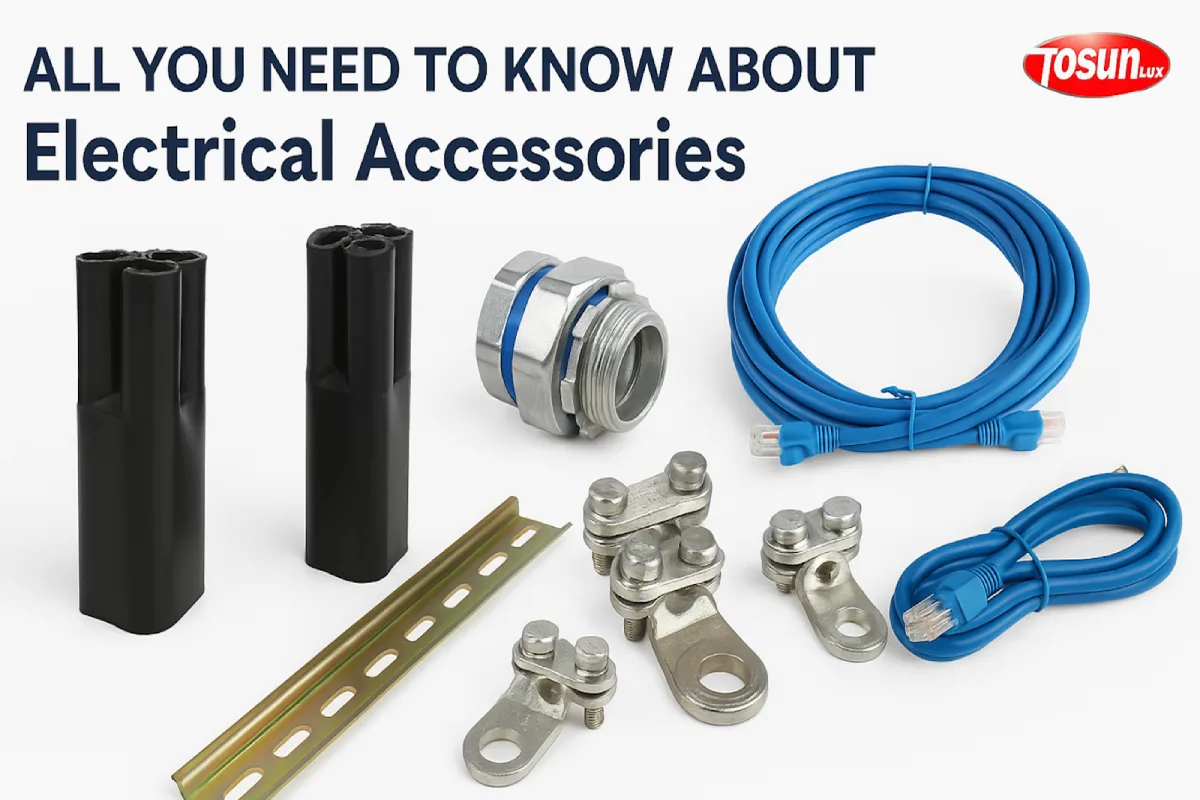Temperature Controller Common Troubleshooting and Problems
Table of Contents
ToggleTemperature controllers are essential to maintain the desired temperature in various systems like industrial machineries, HVAC systems, and home appliances. But like any other equipment, they can occasionally face issues.
Let’s go over common problems with temperature controllers, troubleshooting tips, and how Tosunlux’s temperature controllers can help you avoid these issues.
5 Common Problems with Temperature Controllers
What are the common problems people encounter with temperature controllers? The common problems with temperature controllers are:
- Inaccurate temperature readings;
- Controller not responding to setpoint changes;
- Overshooting or undershooting the setpoint;
- Temperature fluctuations; and
- Faulty output
- Inaccurate Temperature Readings
One of the most common problems is inaccurate temperature readings. This can be due to a faulty sensor, poor sensor placement, or incorrect calibration.
| Solution: Check the sensor for damage and ensure it’s properly placed. Recalibrate the controller according to the manufacturer’s guidelines. |
- Controller Not Responding to Setpoint Changes
Sometimes, the temperature controller may not respond to adjustments in the setpoint. This can be due to a malfunction in the control panel or wiring issues.
| Solution: Inspect the wiring connections and control panel for any loose or damaged parts. Reset the controller if necessary and verify that the setpoint is within an acceptable range. |
Another common issue is when the temperature controller overshoots or undershoots the setpoint. This typically occurs in older models or when the PID parameters are not correctly set.
| Solution: Reconfigure the PID settings to fine-tune the control system. If the issue persists, consider upgrading to a more modern and responsive controller. |
- Temperature Fluctuations
Fluctuations in temperature despite stable system operation can indicate a problem with the control mechanism or sensor.
| Solution: Inspect both the controller and sensor for signs of wear or damage. If necessary, replace the faulty parts and recalibrate the system. |
- Faulty Output
If the output isn’t functioning properly, such as failing to activate the heating or cooling process, this can be a sign of electrical issues or worn-out relays.
| Solution: Check for blown fuses, damaged relays, or faulty electrical components. Replace or repair the malfunctioning parts to restore proper operation. |
Preventative Maintenance Tips
- Regular Calibration: To ensure accurate readings, temperature controllers should be recalibrated periodically.
- Sensor Maintenance: Clean and inspect sensors regularly to prevent dust buildup or corrosion, which can affect performance.
- Check Wiring: Make sure all connections in the temperature control panel are secure and free from damage.
How Tosunlux Temperature Controllers Minimize These Issues
Tosunlux offers advanced temperature controllers that are designed to minimize common problems and ensure reliable performance in various applications.
With high precision, user-friendly interfaces, and built-in safety mechanisms, Tosunlux controllers provide consistent and accurate temperature regulation. Explore Tosunlux’s range of temperature controllers or contact us today!
FAQ
1. Why is my temperature controller showing inaccurate readings?
Inaccurate readings are often caused by a faulty sensor or incorrect calibration. Check the sensor for damage and recalibrate the controller.
2. What causes temperature controllers to overshoot the setpoint?
Overshooting typically happens when the PID settings aren’t properly configured. Reconfigure the PID parameters to prevent temperature spikes.
3. How can I fix temperature fluctuations in my control system?
Inspect both the controller and sensor for wear or damage. Recalibrate the system and replace any faulty components.
Tel: +86-577-88671000
E-mail: ceo@tosun.com
Skype: tosunelectric
Wechat: +86-139 6881 9286
WhatsApp: +86-139 0587 7291
Address: Room No.1001 Wenzhou Fortune Center,Station Road, Wenzhou, China
REQUEST A QUOTE
WhatsApp us
 : +86-139 0587 7291
: +86-139 0587 7291 English
English Español
Español Русский
Русский Français
Français العربية
العربية Português do Brasil
Português do Brasil Українська
Українська Türkçe
Türkçe Polski
Polski Nederlands
Nederlands Italiano
Italiano Bahasa Indonesia
Bahasa Indonesia हिन्दी
हिन्दी اردو
اردو አማርኛ
አማርኛ Հայերեն
Հայերեն ไทย
ไทย Монгол
Монгол فارسی
فارسی Shqip
Shqip Ελληνικά
Ελληνικά


